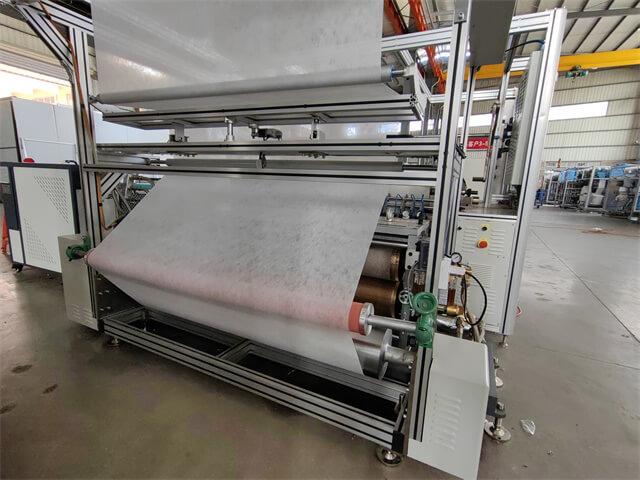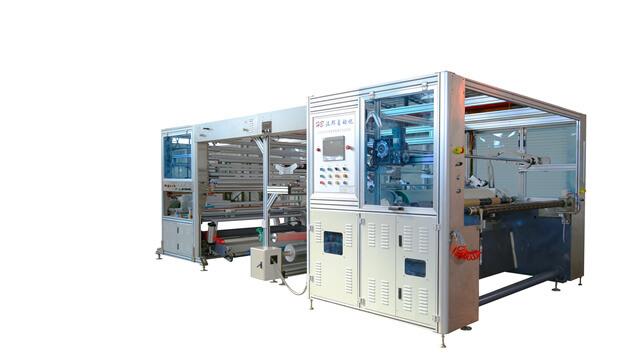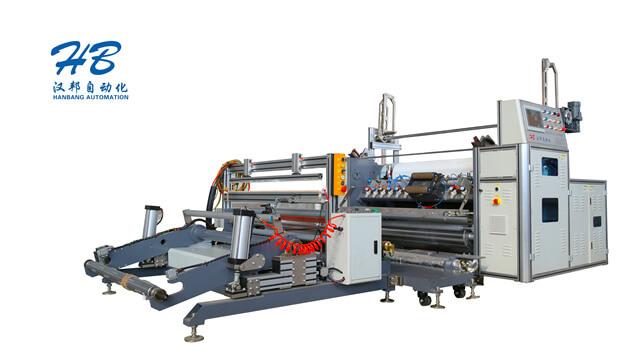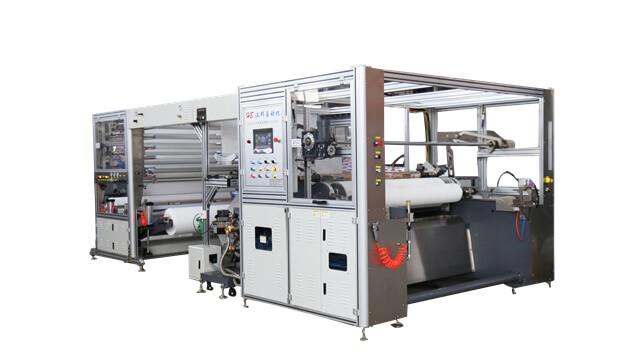
1. Introduction to Non Woven Composite Embossing Machine. 2. High Precision Embossing Technology. 3. Customizable Patterns and Designs. 4. Enhanced Liquid Absor...
1. Machine Setup. 2. Material Preparation. 3. Machine Operation. 4. Quality Control. 5. Maintenance. 6. Safety Precautions. 7. Troubleshooting. 8. Operator Trai...
1. Regular Cleaning. 2. Lubrication. 3. Inspection of Parts. 4. Calibration. 5. Operator Training. 6. Environmental Conditions. 7. Preventive Maintenance Schedu...
Introduction. Step 1: Preparation. Step 2: Site Selection. Step 3: Unpacking. Step 4: Foundation and Leveling. Step 5: Electrical Connections. Step 6: Mechanica...
1. Determine Your Production Capacity. 2. Consider the Type of Embossing Pattern. 3. Evaluate the Quality of Materials. 4. Consider the Control System. 5. Resea...
1. Introduction. 2. Increased Absorbency. 3. Enhanced Softness. 4. Improved Air Permeability. 5. Customization Options. 6. Cost Efficiency. 7. Environmental Ben...

The products are widely used in diapers, sanitary napkins, medical supplies and other industries. . The equipment is equipped with an online slitting device to improve raw material util...

Main features: This machine is a multi-functional equipment that can complete punching, embossing, slitting and rewinding at one time. Production process: raw materials on the machine ...

Машина для перфорационной резки нетканых материалов с тиснением является высокоэффективным и униве...
